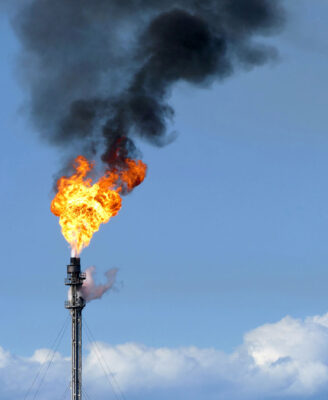
Photo: W.carter
Incomplete data and lack of political priority makes methane an invisible catastrophe for the Earth’s climate. Methane is responsible for about 25 per cent of the warming of the planet. In the short term, it is also 86 times more harmful to the environment than CO2. Human activity is responsible for 60 per cent of methane emissions and, in that mix, the energy sector emits about 2.5 Gt CO2 equivalent at the global level.
On top of the environmental issue, methane also contributes to the formation of tropospheric ozone, a very harmful air pollutant that has a direct impact on our health.
The good news is that we have the technology to reduce methane emissions, by working hand in hand with the industry and through bold legislation coming from the EU.
During the production, processing and distribution of fossil gas, crude oil and coal, a lot of methane leaks from the pipelines, tanks and wells. Detecting the leaks is an essential tool to understand where the emissions come from and address them – but at present, these leaks are reported only by oil and gas companies themselves.
As new findings from our campaign partners at the Clean Air Task Force show, whenever independent observers look more closely, they find more methane being released than is officially reported.
Using a special infrared camera, the Clean Air Task Force has found more than 70 leaks in Romania. These were detected on gas sites but also at wells located near residential areas.
And Romania is not an isolated case. It is now the fifth European country where the Task Force has filmed methane pollution in 2021 alone: it is a problem everywhere.
read more eia-international.org/news/new-data-exposes-the-potentially-catastrophic-…









